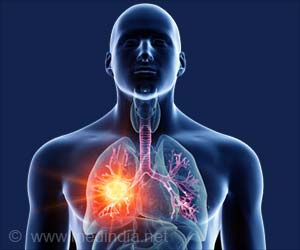Non-tuberculous mycobacteria are widely dispersed and increasingly found in the environment. In most cases, they are harmless.

‘Inhaled Corticosteroids (ICS) use is associated with an increased risk of non-tuberculous mycobacterial pulmonary disease (NTM PD) in persons with obstructive lung disease.
’





Non-tuberculous mycobacteria are widely dispersed and increasingly found in the environment. In most cases, they are harmless. However, some people can develop serious lung infections as a result of inhaling NTM that must be treated with multiple antibiotics, typically over 18 months. "We know that COPD and asthma are risk factors for NTM PD. We also know that inhaled steroids can increase the risk of pneumonia in COPD patients," said lead investigator Sarah K. Brode, assistant professor of medicine at the University of Toronto, noting that only a small Danish study had previously looked at ICS and NTM PD.
Among current ICS users, researchers in the current study found a statistically significant increase in NTM of:
- 84 percent among all obstructive lung disease patients
- 210 percent among those with COPD only
- 55 percent among those who had both COPD and asthma
They did not find a statistically significant link between current ICS use and asthma. Nor did they find an association between previous ICS use and NTM in obstructive lung disease patients.
Study results included five inhaled steroids then in use in Ontario. Fluticasone was the most widely prescribed of the five, and researchers found a statistically significant association between the drug and NTM PD. Researchers did not find a statistically significant association between budesonide, the second most commonly prescribed drug.
Advertisement
In support of her hypothesis, Dr. Brode also noted the study's finding of a strong dose-response relationship between incident NTM and cumulative ICS dose over one year. Those receiving a high dose were two to nearly three times as likely to have NTM PD, while those receiving a low dose were only slightly more likely to develop NTM than those not taking an ICS.
Advertisement
Source-Newswise














